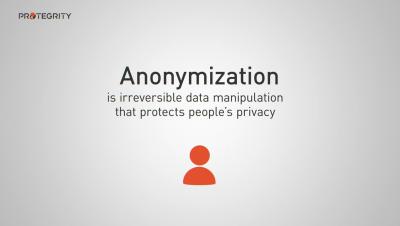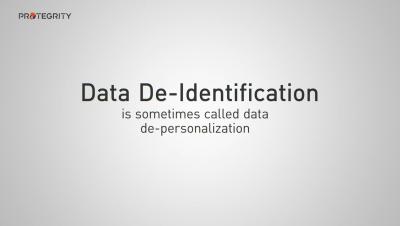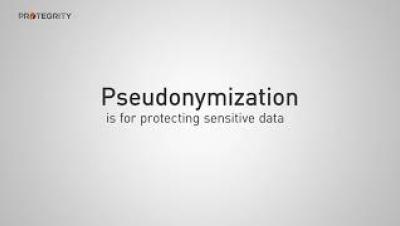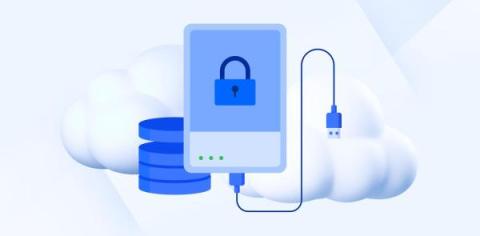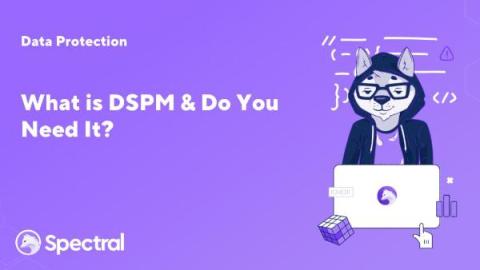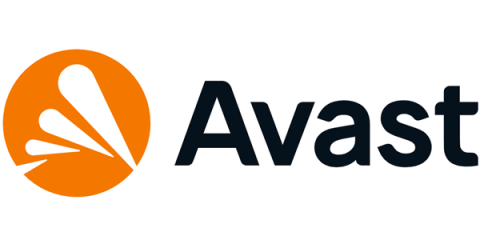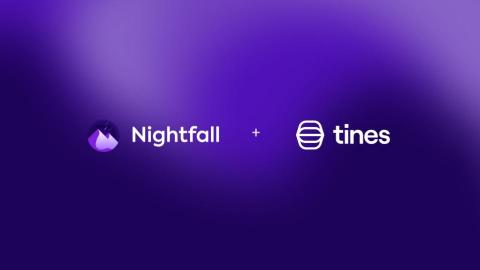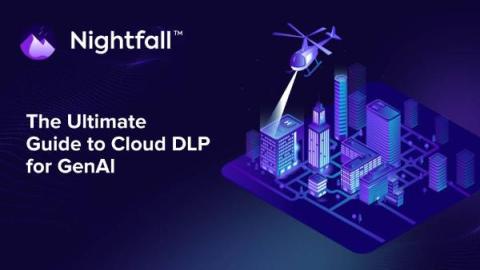Security | Threat Detection | Cyberattacks | DevSecOps | Compliance
Data Security
The latest News and Information on Data Security including privacy, protection, and encryption.
Data De-Identification: The Foundation of Data Protection
Pseudonymization: Replacing Sensitive PII Values to Better Protect Your Data
Cloud Storage vs. Hard Disk Drive (SSD): Which is Better for Data Security?
What is DSPM (Data Security Posture Management) & Do You Need It?
Knowledge is power. Power is money. In the context of information systems and applications, knowledge is ingested, processed, and used as data. Data theft or loss can be devastatingly costly to a business. Data is one of an organization’s most valuable assets, and must be secured and protected as such.
Is your ID badge giving away too much about you?
Streamline your security workflows with these 3 shortcuts in Tines
Looking for ways to simplify your cloud DLP workflows in 2024? Read on for 3 ways that Tines—our go-to secure workflow builder—can make your resolutions a reality. First, let’s learn a little about how Tines works. In short, Tines helps users to create “stories” (aka workflows) that streamline communications, automate tasks, and more. Tines stories can take any number of twists and turns by: But how can you put these actions into practice?
The Features and Benefits of a Secure Virtual Data Room
The ultimate guide to cloud DLP for GenAI
How many of us use ChatGPT? And how many of us use SaaS applications as part of our daily workflows? Whether you know it or not, if you use either of these tools, your data has likely traveled beyond the boundaries of your “fort.” What do I mean by “fort,” exactly? For this guide, consider your “fort” to be somewhere where you can monitor and secure your data. When data leaks outside your “fort,” it presents a myriad of possible risks.
Celebrating 50,000 Downloads of Bearer CLI - and what it means!
Bearer CLI, our free and open code security (SAST) scanner, has now been downloaded over 50,000 times since its launch back in March — this year! Behind this number are represented some key industry trends: Let’s dig in!


